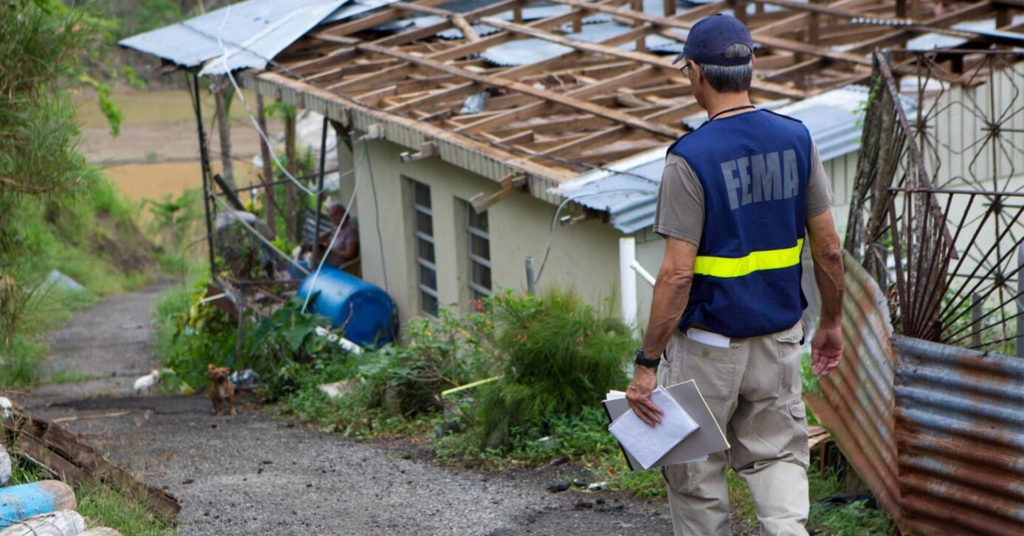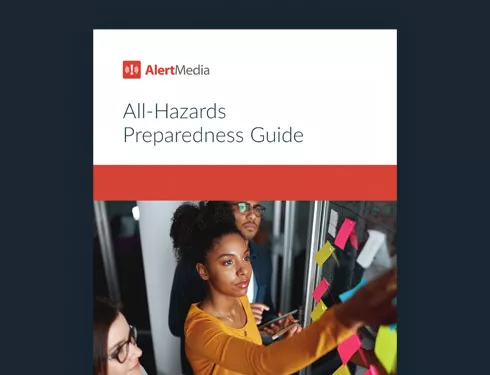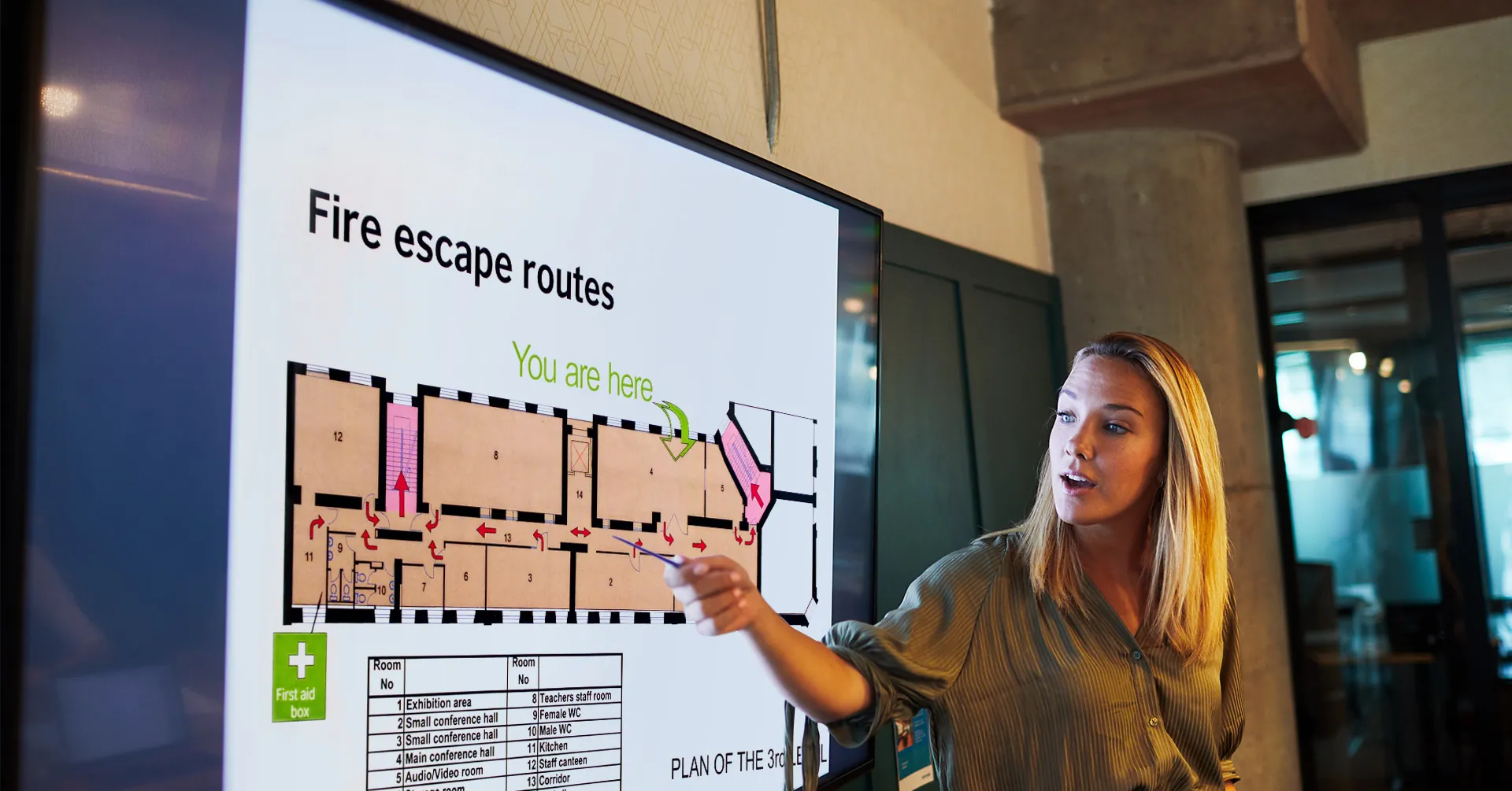
How FEMA Helps Businesses and Communities Navigate Disasters
Robert Glenn, Director, Office of Business, Industry, and Infrastructure Integration at FEMA, explains how businesses can receive disaster assistance, help their communities, and better prepare for emergencies.

FEMA has supported businesses and communities before, during, and after disasters for more than 40 years. It provides emergency assistance that includes ongoing coordination, integration, planning, and training exercises to improve organizational resilience.
In a recent episode of The Employee Safety Podcast, Robert Glenn, Director, Office of Business, Industry, and Infrastructure Integration at FEMA, explains how businesses can receive disaster assistance, help their communities, and better prepare for emergencies.
Robert coordinates FEMA’s efforts to engage, integrate, innovate, and operate with business, industry, and infrastructure owners and operators. His expertise spans the public and private sectors in emergency management, business, and the military. He is passionate about building partnerships to improve safety overall.
You can listen to the full episode below.
Download Our All-Hazards Preparedness Guide
Q&A With Robert Glenn of FEMA
Can you give us an overview of FEMA and the services and resources it provides?
The Federal Emergency Management Agency (FEMA) is an agency of the United States Department of Homeland Security, initially created under President Carter in 1979. Our mission is to help people before, during, and after disasters. Just in the last year, we processed over 102 disaster declarations, obligated more than six billion dollars toward vaccination efforts, and provided more than one billion dollars to disaster survivors. At FEMA, we help communities and individuals, but also businesses.
Organizations can apply to receive disaster assistance through a small business administration loan. Most of the coordination and support that we provide to businesses is through ongoing coordination, planning, training, exercises, and making sure that we can align our capabilities with the private sector as well. Currently, we have more than 1,200 staff in the impacted area for Hurricane Ida administering programs helping with the long-term housing mission, particularly in Louisiana. Recovery is an aspect of emergency management that can go on for decades. For example, in Louisiana, we still have an office open for Katrina. Part of our mission is to make sure that we are addressing the needs of the whole community, not just during a disaster response, but also throughout the recovery.
“ "You're never as prepared as you think you're going to be."”Robert Glenn Director, Office of Business, Industry, and Infrastructure Integration at FEMA
How does a disaster get declared?
As the saying goes, all disasters are local, so states are key to a disaster declaration. As emergency management professionals, we feel that disasters are best locally executed, state-managed, and federally supported through money or capabilities. A local jurisdiction’s capabilities need to be exhausted for the next level of government to offer support. Many times we see mutual aid being rendered not only county to county, but also across state lines. We work in tandem with the states, so if a tornado hits, for example, a governor can declare a disaster for their state, but it can also potentially go up to the FEMA region for a federal disaster declaration that’s signed by the President. This allows different kinds of programs, capabilities, and resources to be made available.
What type of assistance can FEMA provide to businesses that are impacted by disasters, and how can an organization apply for it?
The level of financial assistance that FEMA can provide is relatively limited. Where we can really be helpful is enabling businesses to be operational and focusing on business continuity. We created the National Business Emergency Operations Center in 2012, which we use to coordinate with businesses of all sizes to make sure that we’ve got open lines of communication and that we are integrating different capabilities operationally before a disaster. Organizations can apply to receive disaster assistance through a Small Business Administration loan. I also recommend organizations to look into FEMA’s Building Resilient Infrastructure and Communities program (BRIC), which helps build more resilient infrastructure.
FEMA helps individuals recover from major disasters as well. If there’s a disaster declaration, people can apply for assistance from FEMA for access to resources they may need.
FEMA has responded to some of the most devastating disasters in history. What lessons on preparedness and recovery can be learned from these crises?
You’re never as prepared as you think you’re going to be. You have to strive for preparedness, and you have to strive for being ready for not just the disaster, but the disruption caused to infrastructure and people as well. Planning for that is doable. It requires coordination across the government and coordination of business and industry capabilities as well.
We’re all much more aware now because of COVID of how fragile our supply chains are. We set up highly efficient, just-in-time supply chains, and now that we are in a global supply chain disruption, that is something that requires additional attention. Companies that know their suppliers, have validated their operational readiness, and learned from their business continuity plans are just better-prepared companies.
Forming a relationship with your local or state Emergency Manager is paramount to ensuring that, regardless of the size of your enterprise, you’ve got the relationship infrastructure that accompanies the actual physical infrastructure of the systems that you’re relying upon. You can always do one more thing. Poke holes in your planning, conduct regular testing, and train your people. It’s helpful for the C-Suite, and it’s also helpful for those that are on the front lines of a company as well.
What is one thing that organizations should keep in mind or be aware of as they modify or update their existing plans?
Flooding continues to be the number one threat to communities. Both companies and individuals should make sure they have flood insurance to accelerate recovery after a disaster. If you go to fema.gov, you can find information about flood mitigation and insurance as well as other resources on readiness on preparedness.
Portions of the article have been edited for clarity or brevity.





